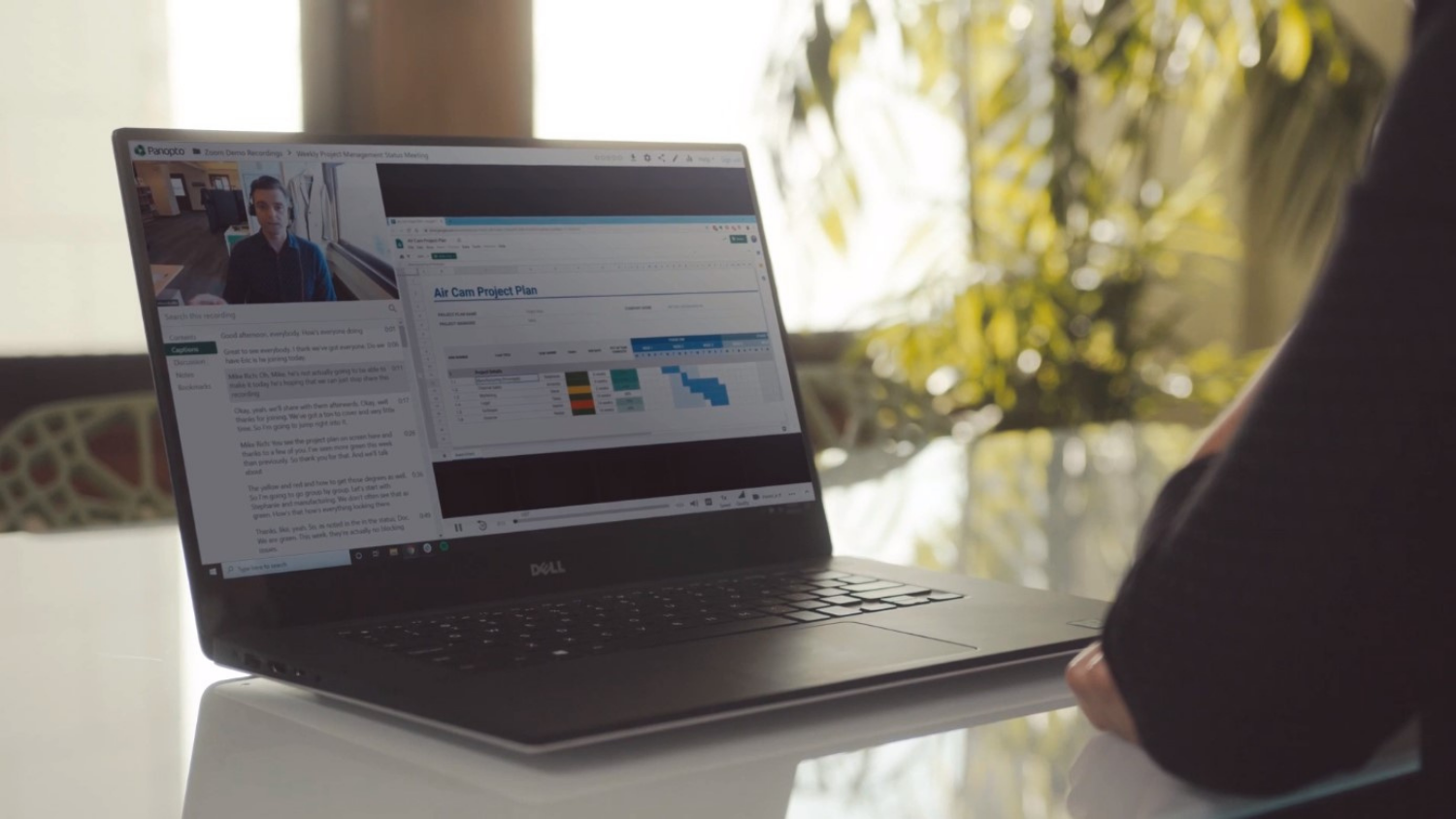10 Tips to Prepare Your Students for a Successful Spring

Since March 2020, NC State faculty have been adapting, growing and persevering alongside a community that has changed completely in the face of COVID-19. Despite the uncertainty, our faculty remain resilient in their commitment to providing students with an education worthy of the Wolfpack name.
As we look toward the coming spring semester, which will include online instruction in some capacity, we aim to provide faculty with the tools necessary for continued success. In pursuit of this goal, our DELTA Faculty Fellows and staff have compiled their 10 tips for preparing students for the semester ahead.
- Prepare a welcome letter to send to students one week in advance of the first day of classes. Set communications expectations (e.g. what is the best way to get in touch with the instructor and how quickly can they expect a reply). Use this welcome letter template.
- Create a “Start Here” section in Moodle. The Moodle Quick Start Course Shell includes a Start Here section that faculty can modify.
- Design a course map to keep you and your students on track. A course map is a visual image of your course that allows you to align learning objectives to course objectives, learning materials assignments. Use this course map template.
- Include a course overview in Moodle to explain the different components of your course. Set student participation expectations early. Use this course overview template.
- Make important information easy to find. Add custom text in Moodle using the HTML block. This is handy for adding your contact information or important information/links that students will need to access often.
- Add the Student Services block to your Moodle course so students can quickly access information about registration, class schedules, tuition and financial aid information.
- Post a welcome video introducing yourself and the course. Consider including a screen recording where you navigate your Moodle course to demonstrate where things are located. Check out this example.
- Have students introduce themselves in a non-graded forum. This will help both students and the faculty member get to know one another when communicating online.
- Be sure to tell students how to “go analog.” Zoom calls, for instance, can be dialed into by phone. Resources may be downloaded at a location that has internet access and viewed later when the internet is not available.
- Send weekly announcements. These are a powerful way to guide students, especially those who are new to online learning. Learn more about creating effective announcements.


